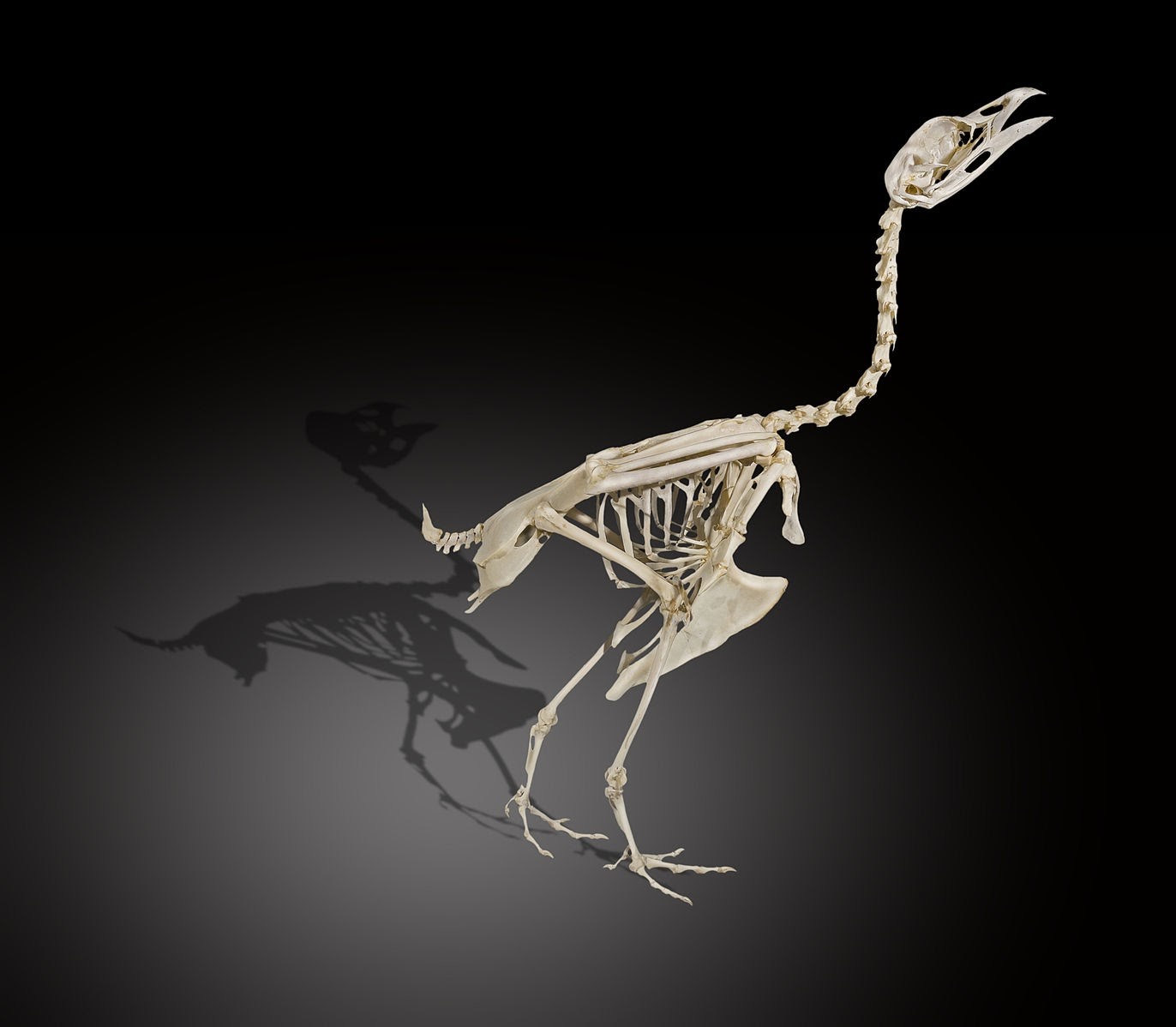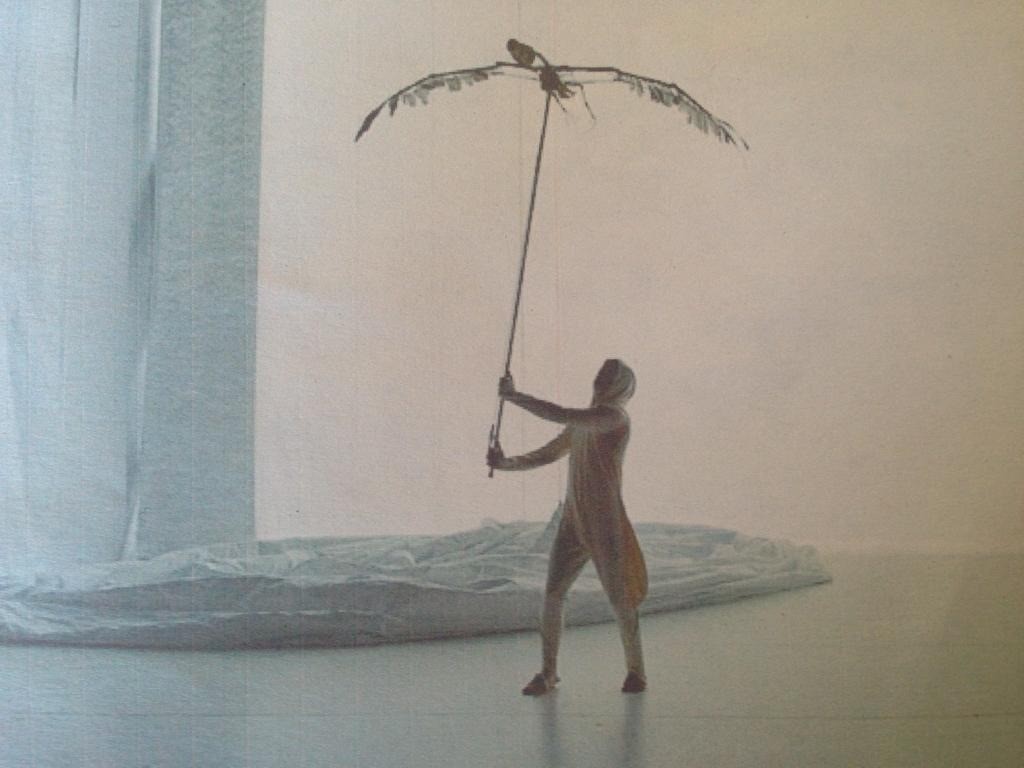Bird Skeleton Making Guide
Join the group: XR Skeletons Rebellion
As the Climate & Ecological crisis deepens around the world our beautiful feathered friends are dwindling in numbers. Join us in making a skeleton model of an endangered bird, using (mainly) recycled materials from your household.
Exploring the anatomy of a creature and how it is structured can bring us closer to understanding the life around us we are losing, and closer to ourselves. It is a journey which invites focus and accuracy, connection and reflection. The birds which we create can hang from our living room ceilings or be turned into animated puppets to bring out when we next fly together in the street.
1. Why a bird skeleton?
This activity can be done by anyone with no previous experience, it helps to keep the mind calm and focused, gives an uplifting visual image, a symbol of liberation and raises awareness of particular Red list bird species. These are lots of important messages plus beautiful images for social media shares.
In the future: audiovisual immersive performances using shadows of skeletons.
2. Who can do it?
Anyone! It takes some time and patience but is rewarding, if you’ve never made objects before and are clumsy or if you’re a pro-sculptor.
You can choose to make a full bird skeleton or a paper one. For example, there's a little paper crow.
3. Which bird species
We have listed endangered species here.
Ideally, the species you make should be easily identifiable and have clearly distinguishing features, eg particular types of beaks and feet. Good examples are puffins and white-tailed eagles.
4. How big and how detailed?
Life size models have the best visual impact & fits the skeleton group ethos. Technically it’s easier to make medium and larger birds, ranging from Puffins (wingspan up to 63cm & body size 30cm including feathers) to Wandering albatross (wingspan up to 3.5m and body size up to 135cm including feathers).
-
The model needs to be clear from a distance and cast an interesting shadow
-
Ribs, breast bone & vertebrae will need to be stylised because the bones are so fiddly
-
Skull, legs & claws: realistic and detailed. Eye catching and very recognisable in images
-
Wings: bones alone are probably ok, no need for feathers. In the model the wing bones are the most likely part to bend and break if flying, especially at flapping-rod contact points. Consider adding internal wire to reduce this risk.
-
Top part of the mandible (beak) is attached to the skull, which makes it easier to construct strongly - only the bottom mandible moves (same as people etc). Unusually some birds (eg cormorants) are the other way around so it’s easier for them to catch fish.
5. What to make it with
Cheap, easily accessible materials found in your home.
Materials List >
- Newspaper
- Loo roll of course!
- Wire
- Glue / paper mache glue
- White paint (acrylic works well or xx)
- Wire coat hangers or similar strength eg garden wire
- Main skelly v strong, use coat hangers
- Milk/oatley carton lid hole perfect for eyes of fish skeleton also maybe also birds
- Masking tape, sticky tape, modelling paper
Must be waterproof - varnished in the end.
Recycled stuff needs to be primed so the paint won't flake off.
6. Flapping/ talking / calling / singing?
It would be great if they fly: simple rod-puppet technology to flap wings? Just flapping the model up and down might be ok for little kiddies' basic paper cut out birds.
Musician Sam Lee made this soundtrack of birdsong with the RSPB.
Lists of Bird Species at risk
British Trust for Ornithology- list of Birds of Conservation Concern
UK species non-birders are likely to have heard of:
- Black Grouse
- Turtle dove
- Swift
- Cuckoo
- Ringed plover
- Lapwing
- Curlew
- Woodcock
- Kittiwake
- Puffin
- Hen harrier
- Lesser spotted woodpecker
- Merlin
- Skylark
- Housemartin
- Starling
- Nightingale
- Sparrows
- Greenfinch
- Yellowhammer
List of Vulnerable birds from wiki (Global)
Types of larger species non-birders are likely to have heard of:
- Wandering albatross
- Black crowned crane
- Great bustard
- Salmon-crested cockatoo
- Hyacinth macaw
- African grey parrot (too small?
- Ascension frigatebird
- Shoebill
- Dalmatian pelican
- Great spotted kiwi
- Great hornbill
- Beaudouin's snake eagle
- Snowy owl
- White-tailed hummingbird (probably too small to make)
- Channel-billed toucan
- Andean flamingo
Background information
Birds of Conservation Concern 5 has placed more species onto the Red list than ever before.
- Three species have moved to the list of former breeders.
- The wryneck is the first once-widespread species to have been lost as a breeding bird from the UK in nearly 200 years.
- Farmland birds are still a major concern. Twelve farmland species remain on the Red list and some, such as the turtle dove, are continuing to decline alarmingly.
- There are more birds of woodland on the Red list than of any other habitat. The woodcock, nightingale and pied flycatcher are the latest additions.
- The largest growth in the Red list was in upland species, with five new species including the curlew and dotterel.
- There is cause for concern for our breeding seabirds with the addition of puffin, kittiwake and shag to the Red list. In global terms they are amongst the UK’s most important birdlife.
- The number of long-distance migrants on the Red list, particularly those that winter in sub-Saharan Africa and more specifically in the humid tropics, continues to grow. Whinchat and pied flycatcher joined the cuckoo and wood warbler on the Red list.
- Climate change may be having a negative impact upon some of our Red-listed birds, disrupting marine food chains for seabirds, moving the suitable climate space for northern breeders out of the UK, and affecting migrants throughout their flyways.
- There is some cause for hope, as the review demonstrates that conservation can work if properly targeted and funded. Two species, the bittern and nightjar, have moved from Red to Amber thanks to the creation and management of suitable habitat, stimulated by species action plans.
- A net increase in the Green list of 14 species is also good news, a consequence of the eight species moving to Amber or Red being outnumbered by 22 species moving from Amber to Green. Nine of the moves to Green were due to changes in the assessment process, but 13 were genuine improvements in status.


